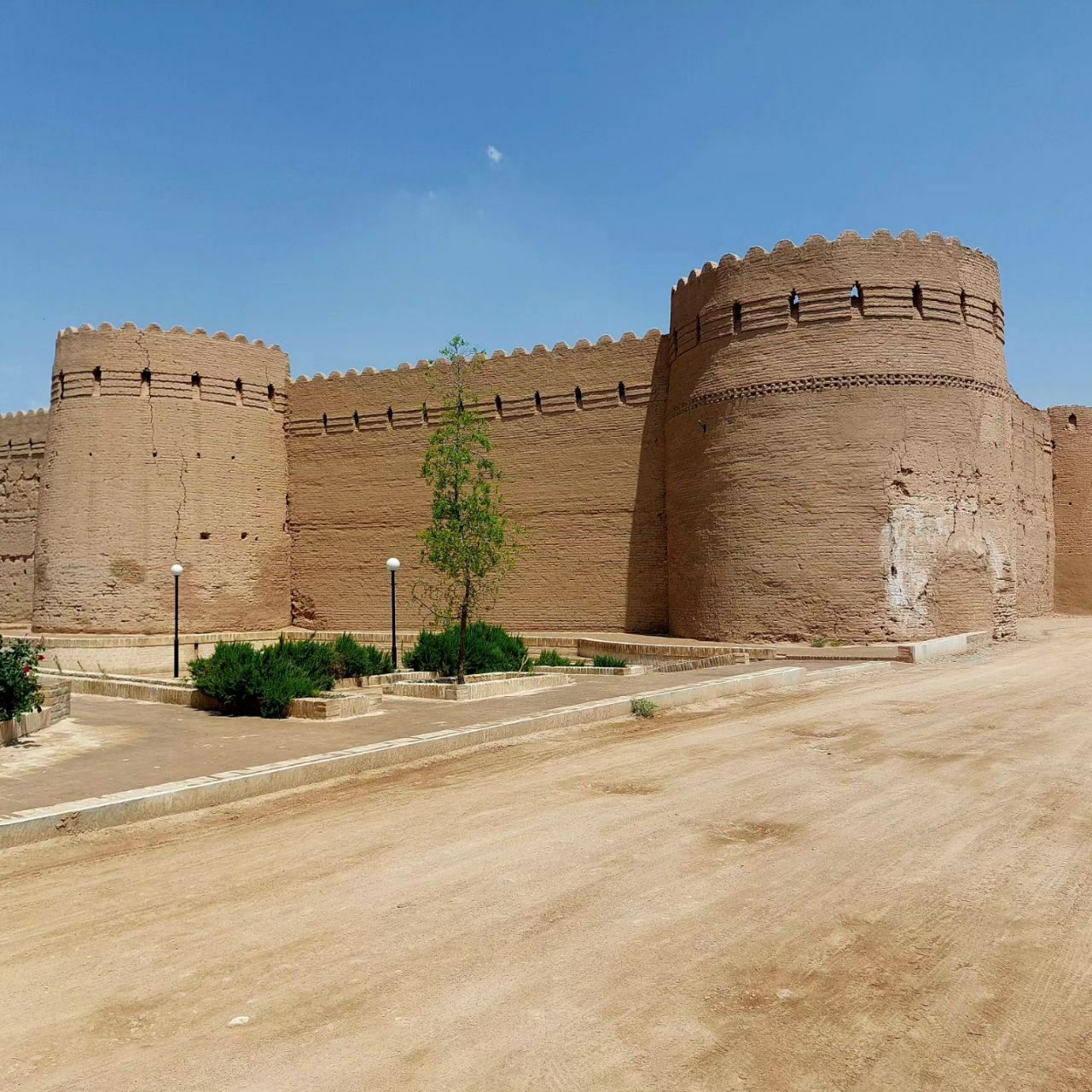Green light for cultural heritage of Yazd for construction around “Gardframz” castle
Field report: #Saeed_Fatohi
According to the heritage report; Gardframarz, which is now part of the city of Shahdiyeh of Yazd, is located at a distance of six kilometers from the Koran Gate of Yazd and leads from the other side to the Yazd-Kerman bypass road and near the shrine of Sheikh Mohammad Sultan.
In fact, Shahdieh has three villages: Gard Farmarz, Nusrat Abad and Abrand Abad, and the texture of these three villages was registered as number 300 on the 8th of Farvardin 1400 in the list of national monuments of the country. There are 17 registered monuments in these three villages, the oldest of which is Abrand Castle. It is settled and belongs to the Sassanid period.
These textures of the national register include the castle, the Sultan’s mansion, the Jame Mosque, the caravanserai, the reservoir, and the gardens of Hem Pahang. 176 hectares of gardens are linked and 46 hectares are within the historical context of Shahdieh.
Although the surroundings of Abrandabad Castle are well preserved and the municipality and heritage have given it a privacy to avoid construction, but the historical castle of Gardframarz region is one of the surviving residential castles from the Islamic era, despite the emergency restorations that were carried out with the voluntary participation of the people. has not had such luck and its territory has recently been under construction.
On one side of Farmarez Gard Castle, we see the construction of a building that was suspended by the General Directorate of Cultural Heritage of Yazd during the administration of Mustafa Fatemi, but now it is under construction. In fact, it is one of the constructions that is on the arena or sanctuary of the historical hill of Gard Faramz. On the other side of this house, there is the Gardframarz nationally registered mosque, and this building is actually built between two nationally registered works.
It is said that the motivation of this action is to encourage other people to return to the neighborhood, but why this intention should be implemented in the historical castle is a question that remains in the mind.
On the other side of the castle, inside one of the gardens of the national registration, construction with bricks and cement continues. In the castle grounds, we can see depots of all kinds of Rami materials from every direction, which gives the news of extensive construction around the castle. Even if we move away from the castle, we can see some constructions inside the national register.
The main question here is that these constructions are carried out in the historical context of the national register with which license and which institution and organization? Do these constructions have cultural heritage approval? Is it included in the conductor design? Does it have height requirements? Is the issue of using local materials and respecting the rules of the area and privacy of historical monuments defined and implemented for them? Who are responsible for these reckless constructions at this speed?
The border region is important with its special texture and several nationally registered monuments. In addition to Gardframarz Castle, Gardframarz Caravanserai belonging to the Safavid era and other historical buildings have their own beauty.
See the pictures in the link below:
https://t.me/mirasbashi/15411?single
https://tinyurl.com/dzmyvy82
instagram.com/miras_bashi
@mirasbashi
This post is written by maryamatyabi
